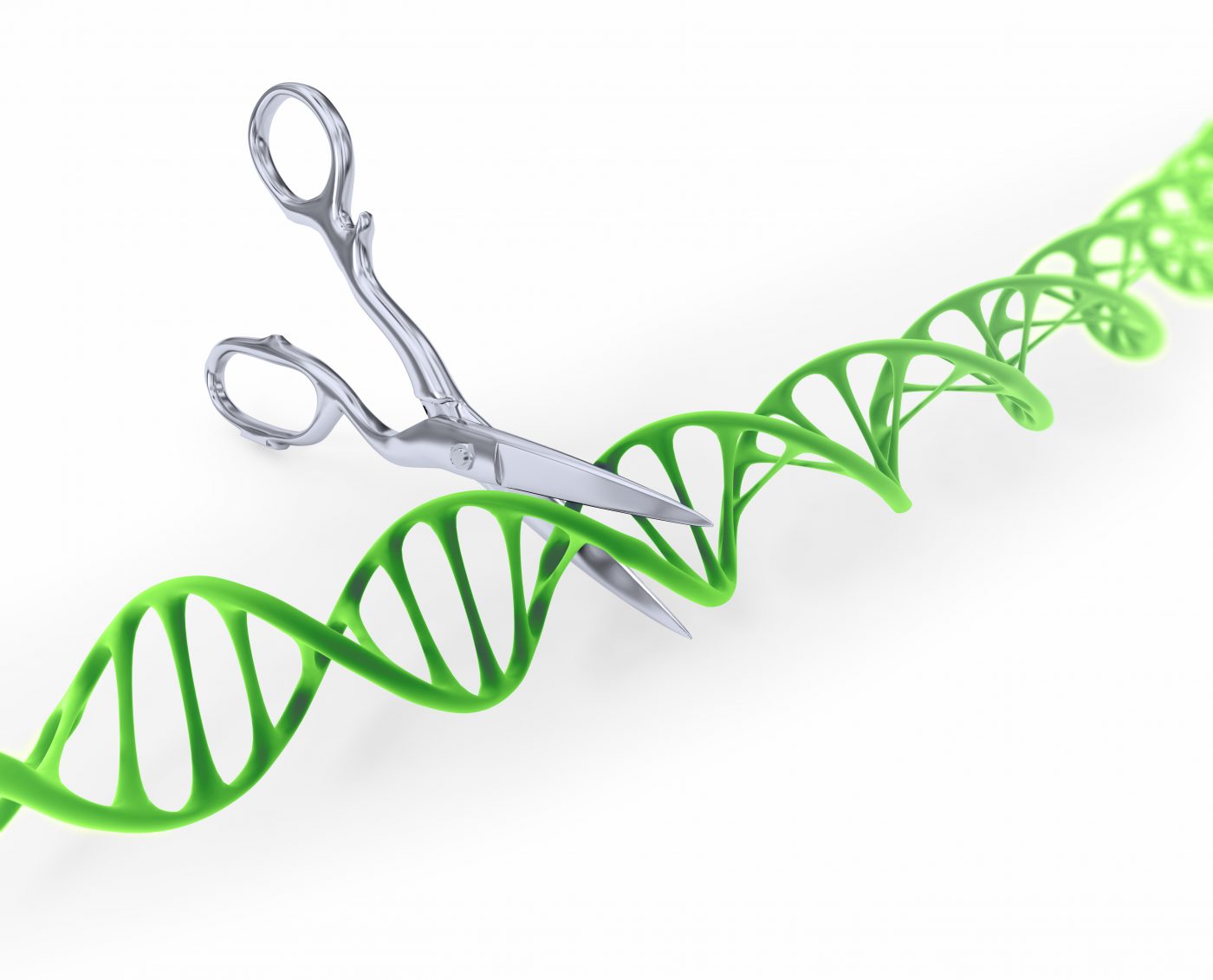Adult Duchenne MD Animals Successfully Treated Using CRISPR Gene Editing System

Researchers from Duke University have succeeded in treating an adult mouse model of Duchenne muscular dystrophy using the gene editing system CRISPR — the first successful treatment of a genetic disease in an adult animal utilizing a method that has the potential to be used in humans.
In spite of recent advances in correcting genes in cultured cells from Duchenne patients, or experimentally in single-cell embryos, the current success was preceded by numerous difficulties, particularly related to the delivery of edited genes back into the adult organism, the team explained in a press release.
The team used a non-pathogenic carrier called adeno-associated virus (AAV) to deliver the gene-editing system into the fully developed mice.
“A major hurdle for gene editing is delivery. We know what genes need to be fixed for certain diseases, but getting the gene editing tools where they need to go is a huge challenge,” said Chris Nelson, who led the work in the Gersbach lab at Duke. “The best way we have to do it right now is to take advantage of viruses, because they have spent billions of years evolving to figure out how to get their own viral genes into cells.”
Charles A. Gersbach, associate professor of biomedical engineering at Duke, has been exploring potential genetic treatments for Duchenne since he started his lab at Duke in 2009. Lately, he has been working with the CRISPR/Cas9 system.”Recent discussion about using CRISPR to correct genetic mutations in human embryos has rightfully generated considerable concern regarding the ethical implications of such an approach,” Dr. Gersbach said. “But using CRISPR to correct genetic mutations in the affected tissues of sick patients is not under debate. These studies show a path where that’s possible, but there’s still a considerable amount of work to do.”
CRISPR is originally a bacterial defense system, bioengineered to be able to enter cells of other organisms and cut the DNA at any desired location. By using CRISPR together with the protein Cas9, it is now possible to alter genes. But while cells in a dish are electrocuted to allow for CRISPR/Cas9 to enter, a more feasible approach is needed for animals and humans.
Such an approach was the AVV system — composed of viruses that have been stripped of all harmful genes, which are replaced by the therapeutic genes researchers wish to deliver. Since AVV is a common non-pathogenic virus that many people are exposed to naturally, it is considered a safe delivery method. Researchers, however, faced the problem of inserting the large CRISPR/Cas9 molecule into the small AVV.
The team was assisted by Aravind Asokan, associate professor at the University of North Carolina, and Dongsheng Duan at the University of Missouri School of Medicine — both AVV experts. But the breakthrough came through the earlier research of Feng Zhang from the Broad Institute, in Massachusetts, that led to the identification of a CRISPR system from a different bacterium than the one frequently used, with a smaller Cas9 protein. Using the newly identified CRISPR allowed the team to insert it into the AVV.
Researchers used a mouse model with a mutation in a gene coding part of the dystrophin gene. They succeeded by using an approach that simply cut out the mutant part of the gene — a more simple procedure than replacing it. “There is still a significant amount of work to do to translate this to a human therapy and demonstrate safety,” said Dr. Gersbach. “But these results coming from our first experiments are very exciting. From here, we’ll be optimizing the delivery system, evaluating the approach in more severe models of DMD, and assessing efficiency and safety in larger animals with the eventual goal of getting into clinical trials.”
AVV is already approved for gene therapy in the EU and is currently in clinical trials in the U.S.






